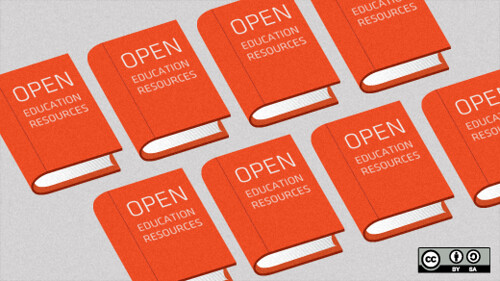This topic does not appear in the EDUCAUSE series, but we think the format is useful so have applied it here… see more from the 7 Things You Should Know about series for other Ed Tech related themes and tools at EDUCAUSE.
Scenario
Jamie Andarson is teaching an online introductory course next term using Canvas. They have prepared most of their syllabus, selected articles and other readings, and have most of the assignments outlined but not detailed. They are still looking to fill some gaps in their course, so they reach out to their education specialist to go over their course plan. Ezra Eban, the educationalist, suggests they search Canvas Commons to see if there are any Open Educational Resources – freely accessible, openly licensed text, media, and other digital assets that are useful for teaching – that would work for the course.
Jamie and Ezra find some rich content that fits nicely with the third week’s theme, an assignment that is actually very close to the one Jamie had in mind, but unfortunately no quizzes that would work for this course. Using the import from Commons feature, they copy the content into their course and place it within the week three module. Next, they imported the assignment and began editing it. They added details that were specific to the University of Saskatchewan, and also added a rubric for grading and feedback purposes. Finally, together they created some quizzes intended for practice for students prior to the midterms and final exam.
Ezra mentioned to Jamie that with Canvas Commons you can also submit your course materials for others to use. They consider the license on the original assignment, choose a new Creative Commons license for the updated assignment and share it back to Canvas Commons. They also look through the quizzes and decide on another Creative Commons license, and share it to Commons for the rest of their department to use. Continue reading “7 Things You Should Know About Canvas Commons”











